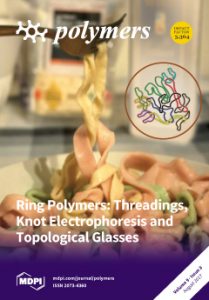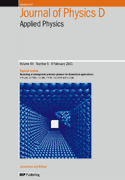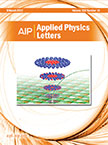A physics journal has informed an embattled rocket scientist that it will retract three of his papers, citing concerns raised by the retraction of another of his papers last year.
All three articles appear in Physics of Fluids, published by AIP Publishing, and describe a phenomenon called “Sanal flow choking.” As we reported last year, some scientists have denounced the concept as “absolute nonsense.” The researcher who coined the phrase is the lead author on all papers, V.R. Sanal Kumar, a professor of aerospace engineering at Amity University in New Delhi.
The papers are:
Continue reading Journal tells author it’s retracting three papers for concept that ‘violates’ law of thermodynamics




